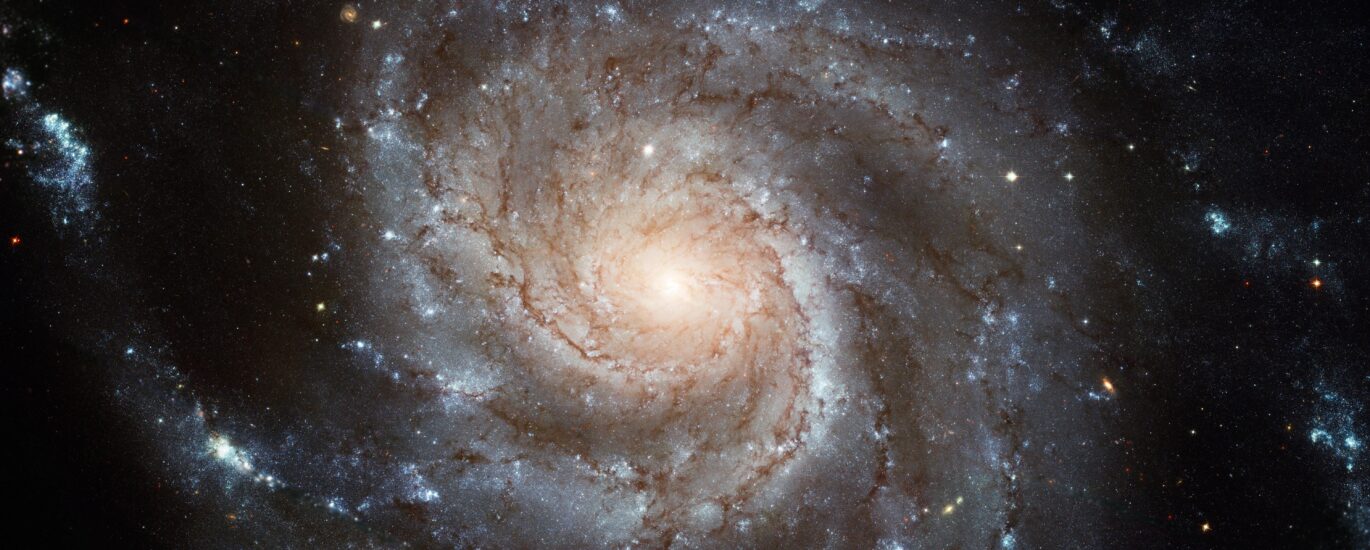Today, as you encounter the fascinating realm of M101, also known as the Pinwheel Galaxy, you’re tapping into a rich history of astronomical discovery. M101 is a grand-design spiral galaxy located in the constellation Ursa Major, about 21 million light-years from Earth. It was first discovered by the French astronomer Pierre Méchain on March 27, 1781, and later cataloged by his colleague Charles Messier.
M101 holds a special place in the history of astronomy, not only for its striking appearance but also for its role in advancing our understanding of galaxies. In 2011, it became the focus of significant scientific attention with the observation of the Type Ia supernova SN 2011fe. This supernova was one of the closest and best-observed supernovae of its kind, providing astronomers with valuable data to refine models of cosmic distance measurement and the expansion of the universe.
Over the years, M101 has drawn the interest of numerous astronomers and astrophysicists. Its large size, bright core, and well-defined spiral arms have made it an object of study for understanding the structure and dynamics of spiral galaxies. The galaxy’s unique features have also contributed to the study of star formation and the distribution of stars within spiral arms.
M101’s broader historical context includes its contribution to the development of the cosmic distance ladder, a method used to determine the scale of the universe. Its proximity and brightness have allowed it to be a prime candidate for calibrating the relationship between supernovae brightness and distance, a critical factor in astronomical research.
As you explore this remarkable galaxy, imagine the countless stories of stars being born, living out their luminous lives, and then fading into the cosmic tapestry. Each twinkle from M101 is a glimpse into the past, a reminder of the dynamic and ever-changing universe we inhabit.




